November Walking Tour - Silver Shrubs of the Steppe Garden
The first time I saw the sagebrush shrub steppe of North America, my mind melted. I grew up in a lush part of the country where tall shade trees blocked out the sky, we regularly lamented rain and the color green was taken for granted. The intense silver glow of the arid West was alien and exotic to my eyes and I instantly fell in love.
Plants have developed silver appearances as a reaction to the desiccating effects of sunlight and drought. Silver, grey, white and blue colorings of plants are the results of growing trichomes (plant hair), increased wax exudations on their surfaces or genetic mutations of cell colors called variegation. All of these adaptations help plants retain moisture and keep their cells cooler by increasing their surface albedo, their ability to reflect sunlight.
The American West is not alone in its glory of argent shrubbery. The world’s desert, Mediterranean, alpine and other steppe regions (Middle Asia, Patagonia, Argentina and Southern Africa) also hold their own wealth of silvers, and we’ve been zealously collecting these incredible beings in the Steppe Garden.
- Begin exploring our collection by walking beneath the cottonwood trees on the eastern edge of the Steppe Garden. Look for the long white stems and yellow flowers of rabbitbrush (Ericameria nauseosa) emerging from the shortgrass prairie.
- Head north on the curving gravel pathway. To your left you’ll see the Southern African Helichrysum trilineatum, a small silver mound, full of yellow flowers.
- Then, just beyond, exploding around the edges of the garden’s spinal stones, the fine-leaved Gomphostigma virgatum.
- Walk a bit further and you’ll see a collection of steppe shrubs—the shimmering and columnar Shepherdia argentea ‘Totem’; the three-lobed, almost-white Artemisia cana; and the soft and sprawling Artemisia ludoviciana—all extremely important plants in our local shrub steppe ecosystem.
- At the end of this path, under the boughs of Austrian pine, you’ll see a small plant with thick, pearly leaves. This is Shepherdia rotundifolia, usually a resident of areas further southwest than Denver, but surviving in our colder climate, none-the-less.
- Continue following the westerly curve of the pathway to the Middle Asian section of the Steppe Garden to the tall and graceful Caragana microphylla ‘Mongolian Silver Spires’. Look, but don’t get too close, as tiny thorns protect this shrub from grazing animals.
- Cut southeast on the gravel path that runs between the two Middle Asian garden beds to see the ultra-white and very fragrant Helichrysum maracandicum, which, when gently touched, gives off the scent of curry spices!
- Journey across the canal to the Patagonian sections of the Steppe Garden to glimpse our last three shrubs, all from the important steppe genus of asters, Senecio, including S. patagonicus, S. filaginoides and S. bracteolatus.
Now, with your eyes attuned to the beauty of silver, continue exploring the gleaming shrubs of the Gardens.
Gallery
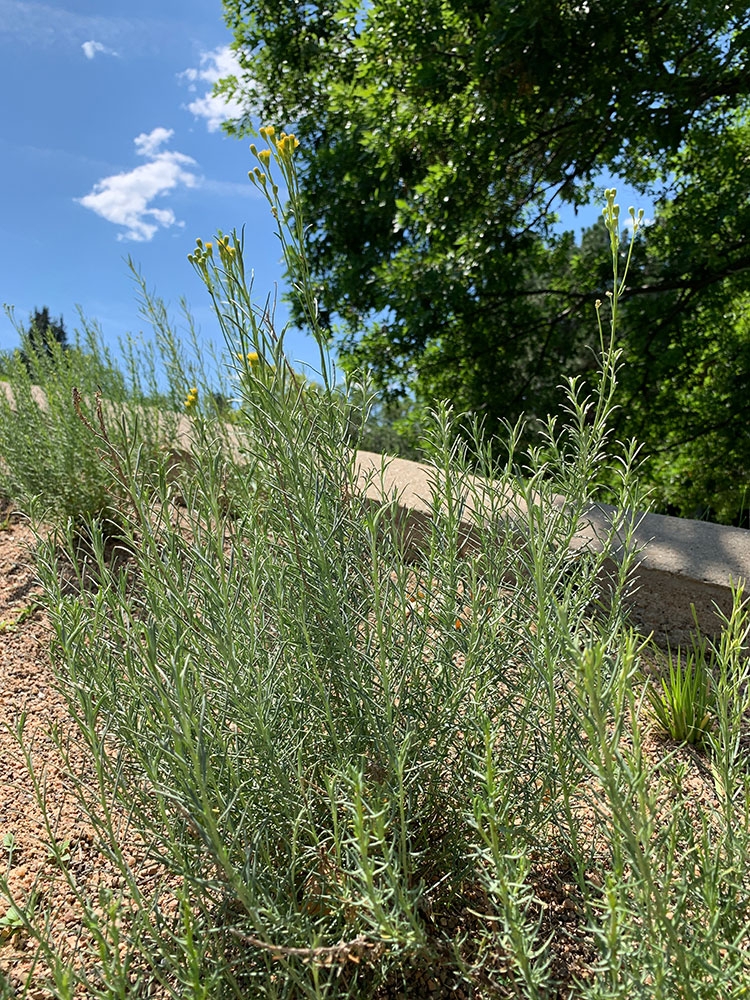
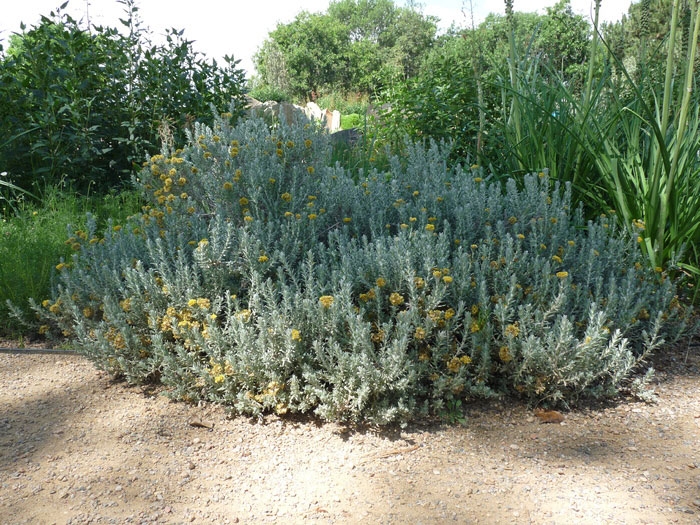
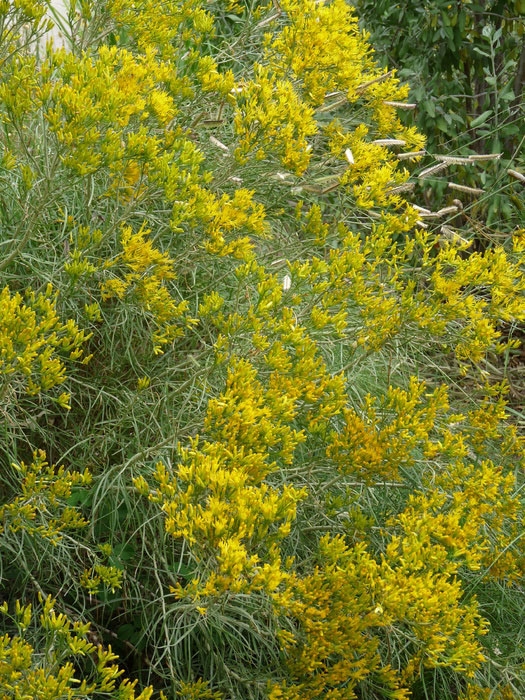
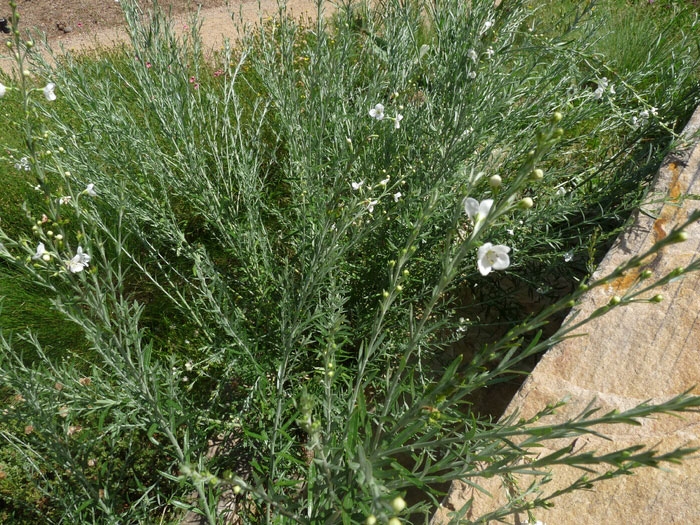
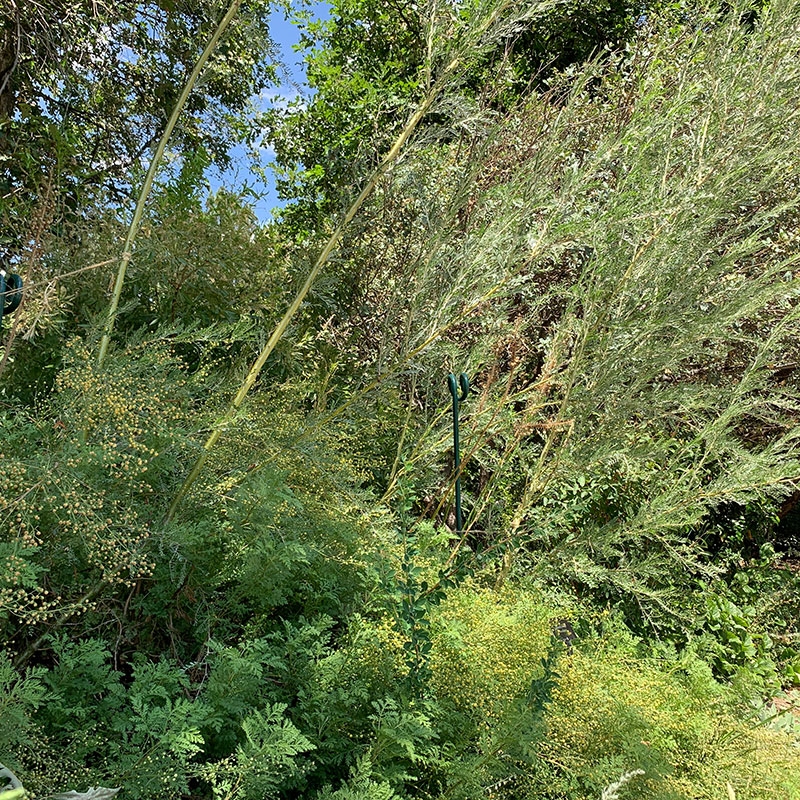
Add new comment